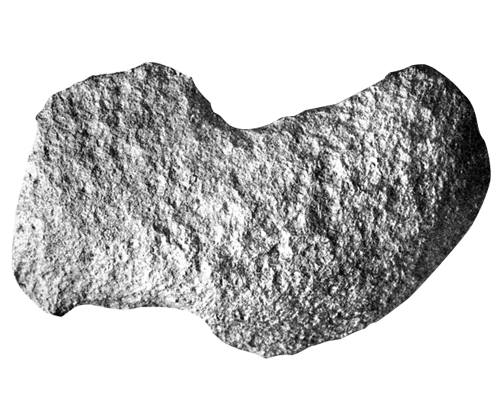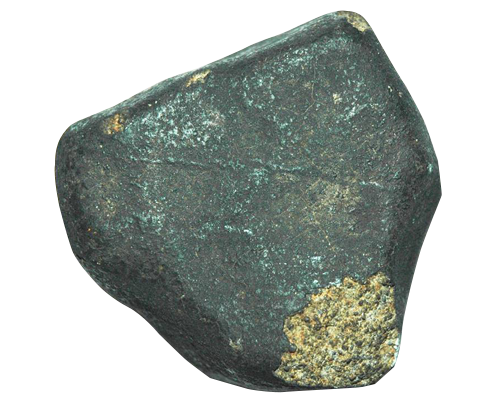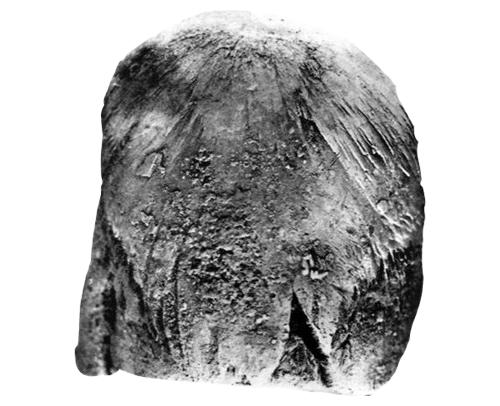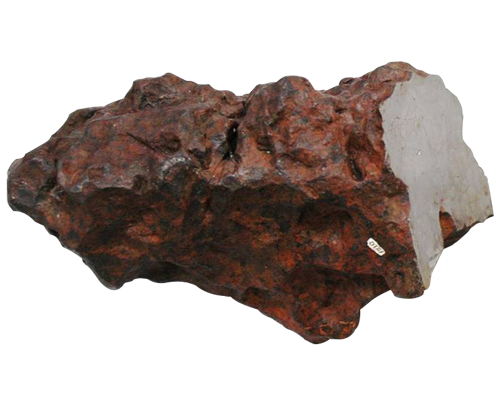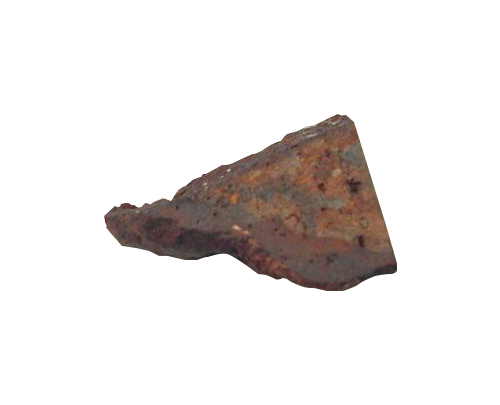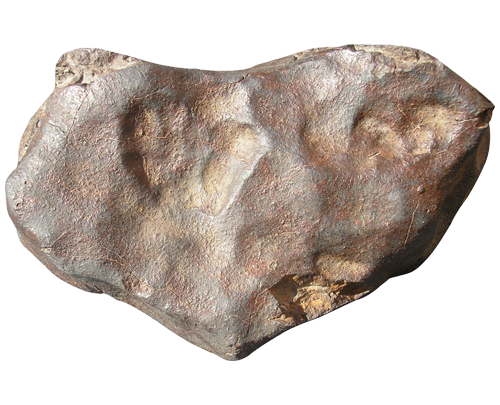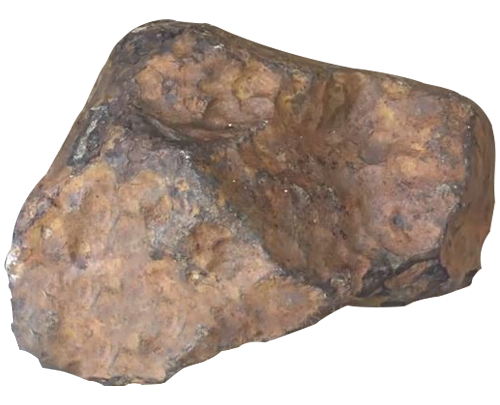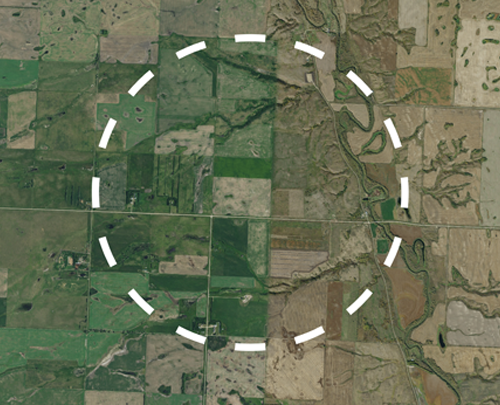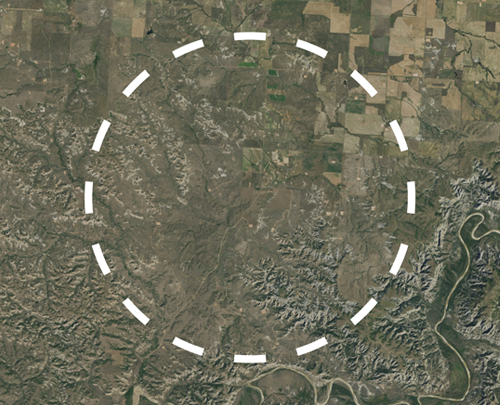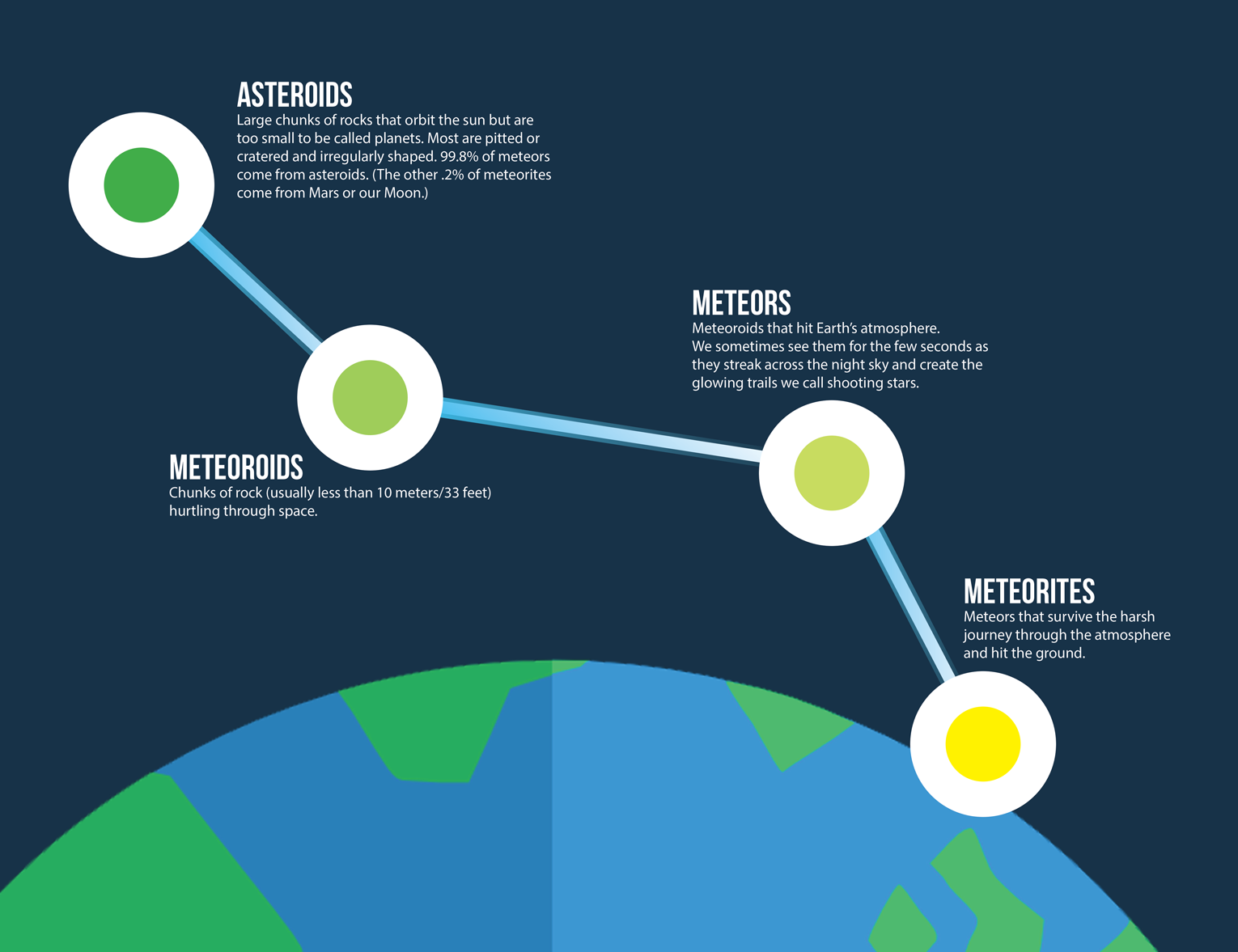
Meteorites
What Is a Meteorite?

Shooting stars, or meteors, are bits of rocky material falling through Earth's atmosphere where they are heated by friction. Called meteoroids as they hurtle through space, they only become meteors for the few seconds they streak across the sky and create glowing trails. Sometimes the number of these streaks increase dramatically—these events are termed meteor showers.
Download Image
